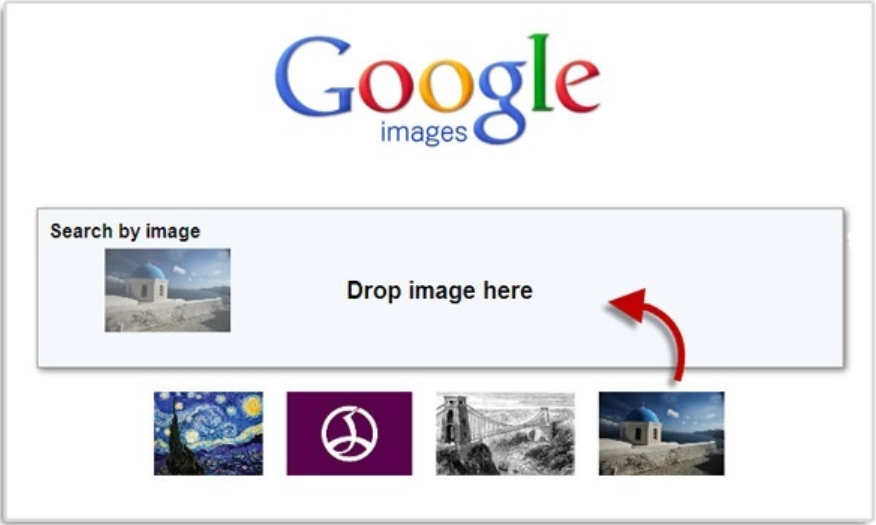The use of graphics has been augmented with the passage of the last two decades. A few years back, people’s life was limited to two-toned colors that are black and white. Even the artwork used to be boring as they were constrained by seeing monochrome pictures. Necessity is the mother of invention whereas desire speeds up the need for anything till it is achieved. That was the driving force that made people from adding a range of colors to developing reverse image search tools.
Pictures, graphics, charts, illustrations, vectors, whatever you name it are a vital part of today’s man. We are surrounded by millions of photos irrespective of where and how we are living. Content is produced in every company whereas some are dedicated to digital services providers which are managing the graphic part. From portraits to billboards, social media, and websites, everything revolves around pictures. Therefore, dealing with such things required time and effort which is hard to spare in this busy world. Worry not as a modern tool is there to rescue.
Photo Processing and Reverse Image Search
Computer students must be aware of the word ‘Digital Image Processing’ whereas, if you are the one who has not studied software related things, then here is a glimpse for you. It is the procedure of serializing the photo into its parts to extract the required information. Both concepts are interlinked and used to find out the best match results for users. There are multiple types of image processing algorithms introduced after extensive research. These are the set of rules which are devised to work with pictures, by pictures.
Reverse image search is made to work on these rules to carry out the photo-related procedures. It is a type of signal processing in which the color histograms are incorporated. The input is in the form of a graphic illustration which is being processed with the help of pre-defined rules. State-of-the-art technologies are incorporated to work with the least human effort for automating the tasks to every possible extent.
What is the Process of Advanced Image Search?
The concept of reverse image search does not involve any rocket science. For tech geeks, it is not a big deal to grab the concept. However, it is also easy to understand for non-technical individuals when guided properly. Content-Based Image Retrieval (CBIR) is the basic technique employed in this reverse image search utility. It is a form of photo processing algorithm that works with pictures to locate relevant photos over the World Wide Web.
The procedure starts with photo acquisition and then the segmentation is done as per the program logic. Depending upon what kind of data you are looking for, the graphics are divided into different parts. Background, foreground, and then the object recognition is performed. Text is handled differently in case the input photo contains some word-based styles of engraved writing. The in-built techniques have made the processing easier and faster as they do not have to create anything from scratch.
Find Picture with Duplicate Photo Detectors
Now you can get rid of entering a combination of text in the search bars of photo finders. The Internet has made information access convenient as we can get any kind of information anywhere, anytime with an internet-capable device. Reverse image search has completely altered the way we used to find pictures from online data repositories.
Do not worry about getting into the hassles of downloading any program and them carrying out the stepwise procedure for installation. Reading user manuals is not a chore anymore as these web-based utilities could be accessed from any internet-capable device. It has made browsing for pictures a fun as you can do it as fast as the blink of an eye. To begin with this process, you will have to follow these steps:
-
Connect your laptop or smartphone to an uninterrupted internet connection
-
Copy this URL and paste it in the search bar to visit https://www.
reverseimagesearch.com/ -
Click on the ‘Upload Image’ button and select the picture you want to begin the browsing with
-
You can also provide a relevant keyword in the search bar for finding the best-match graphics
-
Enter the picture URL if it is already available over the internet to find pictures with reverse image search
-
Hit the ‘Search Similar Images’ button to start the searched for duplicate photos
In this way, you will be presented with best-match pictures which are retrieved from Google, Yandex, and Bing photo libraries. Websites using the sample picture, other versions of the photo which you used for browsing, and similar photos are also fetched when reverse photos are used to locate the relevant results.
In the End
Reverse image search works as a virtual assistant in locating duplicate and pirated pictures promptly. Rather than scrolling the ‘images tab’ of search engines, now you can start directly with a picture-based query instead of text-based inquiries. It ensures that people make the best use of the latest tools rather than dealing with the hassles of manually-controlled utilities.
Latest posts by Nirupama Verma (see all)
- What is Corporate Gifting and Why is It Important? - November 8, 2023
- Top 5 Benefits of Synthetic Liquids That You Did Not Know - December 24, 2022
- Pin up Review - September 23, 2022




